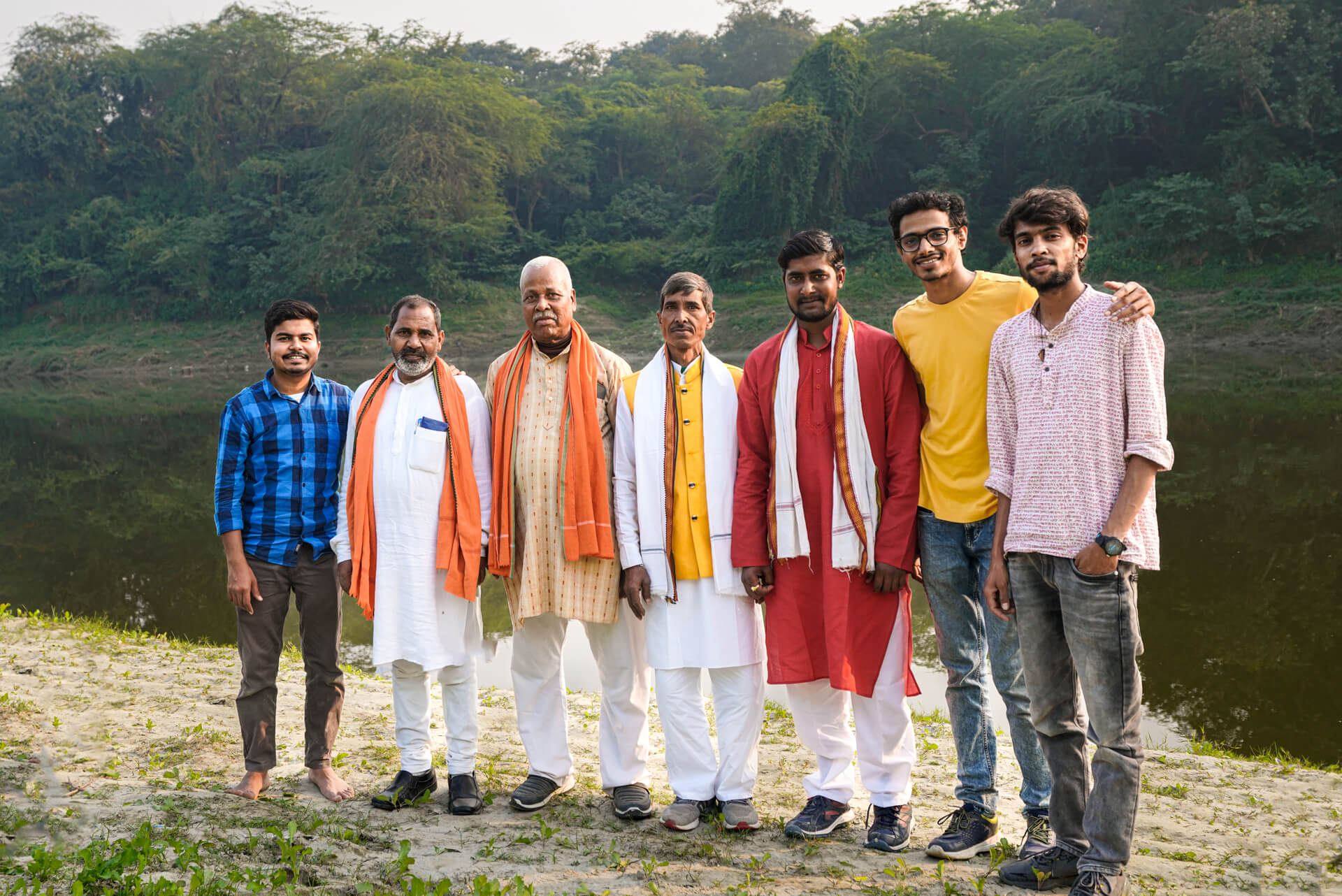
The ballad that inspired an epic Sufi love story
Chanaini is one of the oldest surviving folk ballads in India that is not only performed in Uttar Pradesh but also in Bihar and Bengal.
Ballads are a staple in folk music. They are long, elaborate stories about larger-than-life characters’ fascinating lives and misadventures. These stories are also often grandiose and talk about the themes of fate and destiny in our lives and how our primal emotions like passion, greed and jealousy drive most of our actions. Chanaini is one such ballad in the Awadhi language, which is still performed in the Awadh region of Uttar Pradesh.
Awadhi is a rich language that bears similarities to Hindi and its dialects, but it is a language in its own right. The language has borrowed extensively from both Sanskrit and Persian and Arabic. Its literary heritage is a testament to the unique history of the Awadh region and its Ganga-Jamuni culture, defined by a synthesis of Hinduism and Islam. One of the earliest works of literature written in this language is Chandayan, an epic poem composed by the Sufi saint Mulla Da’ud. The Chanaini songs are believed to be the source of inspiration behind this poem.
Chandayan tells the story of the lovers, Lorik and Chanda, who elope against all odds and find a home for themselves by the end. The story is long and features a lot of metaphors, and like most Sufi works, the story on the whole serves as an allegory for religious teachings. Chanda is forced to marry an older man against her wishes, but she escapes back to her parent’s house, and there she is hidden away to avoid social stigma. The news of her return, though, soon spreads and grabs the attention of Lorik, a handsome young man who is already married. He leaves his wife to be with Chanda, which creates much tension in the lives of everyone involved. The story meanders through many years, describing in detail the characters’ emotional states and how luck and fate play an important part in how they ultimately end up.
Chanaini refers to the tune in which these ballads are performed, and Chandayan has historically been the most popular ballad that was performed in this tune. It is not only performed in Uttar Pradesh, but it is also performed in Bihar in Bhojpuri. It is known by the name Chanda there. It is performed in Bengal and Bengali and is known as Chandravali. Like most other folk forms of Uttar Pradesh, Chanaini has also been modified with time, and today singers not only sing traditional ballads in this tune but have also composed their songs and poems. Vijay Kumar ‘Anjaan’ is one such poet and singer from Ramnagar in the Jaunpur district who writes songs and poems and sings them to the tune of Chanaini.
Vijay Kumar does not come from a family of musicians, though his mother and father were both very fond of singing and had melodious voices. He believes his talent to be God-gifted and his parents encouraged him to take up music and performing arts at a very young age. In addition to singing, he can play Dholak, Harmonium, Tabla, and Flute and is even trained in Kathak. He learnt each of those instruments from different teachers, and despite so many years of learning, he feels unfulfilled and hopes to learn more instruments and new music forms. He says that music is a vast, infinite ocean and the deeper one dives into it, the more there is left to learn. The one quality which has helped him master so many arts is restlessness, which he calls fakiri – not to settle and not feel content or satisfied.
He attended and learned for a while Prayag Sangeet Samiti and received a certificate from Rashtriya Kathak Sansthan in Lucknow. Aside from music and performing, he also writes poems and songs under the pen name “Anjaan”. He writes in his native language of Awadhi and Hindi, Urdu and Bhojpuri. He uses many Farsi and Arabic vocabulary in his writings, taking inspiration from famous literary figures like Prem Chand, who wrote about the common folk but used a highly literary language to narrate their stories. He writes on religious and social issues. The song he has composed in Chanaini is also about migrants from the state who move to the cities and other states in search of employment but end up coming back disillusioned with life and not having made many financial gains. He draws attention to the fact that Uttar Pradesh and Bihar have the highest rates of emigration amongst all the states of India, which has created a lot of distress for the people.
Other group members also come from around Jaunpur. One of them is Pradeep Vishwakarma, a student of Vijay Kumar and an aspiring singer. Kamlesh Kumar was a former employee at the shipyard in Mumbai but is now retired and performs alongside Vijay Kumar as a hobby and for personal satisfaction. Harischandra is also a student of Vijay Kumar and has performed with him for about 15 years. Vijay Kumar and his group are committed to preserving the Awadhi folk songs, culture and language and have performed in many places over the years, including on TV and radio.
They also perform other folk forms of Uttar Pradesh, like Kahruwa, the Awadhi variant of Kaharwa. Kaharwa is a genre native to the Kahaar people, who historically served as palanquin bearers to the maharajas and other lords. Kahruwa in particular was performed by the Gond people, as the Kahaar people are known in the region, at occasions and events of the Prajapatis, the landlords. These songs describe the experiences of a pair of lovers and feature elaborate descriptions of beauty. Of the nine classical rasas, sringaar rasa is most prominent in Kahruwa songs.
